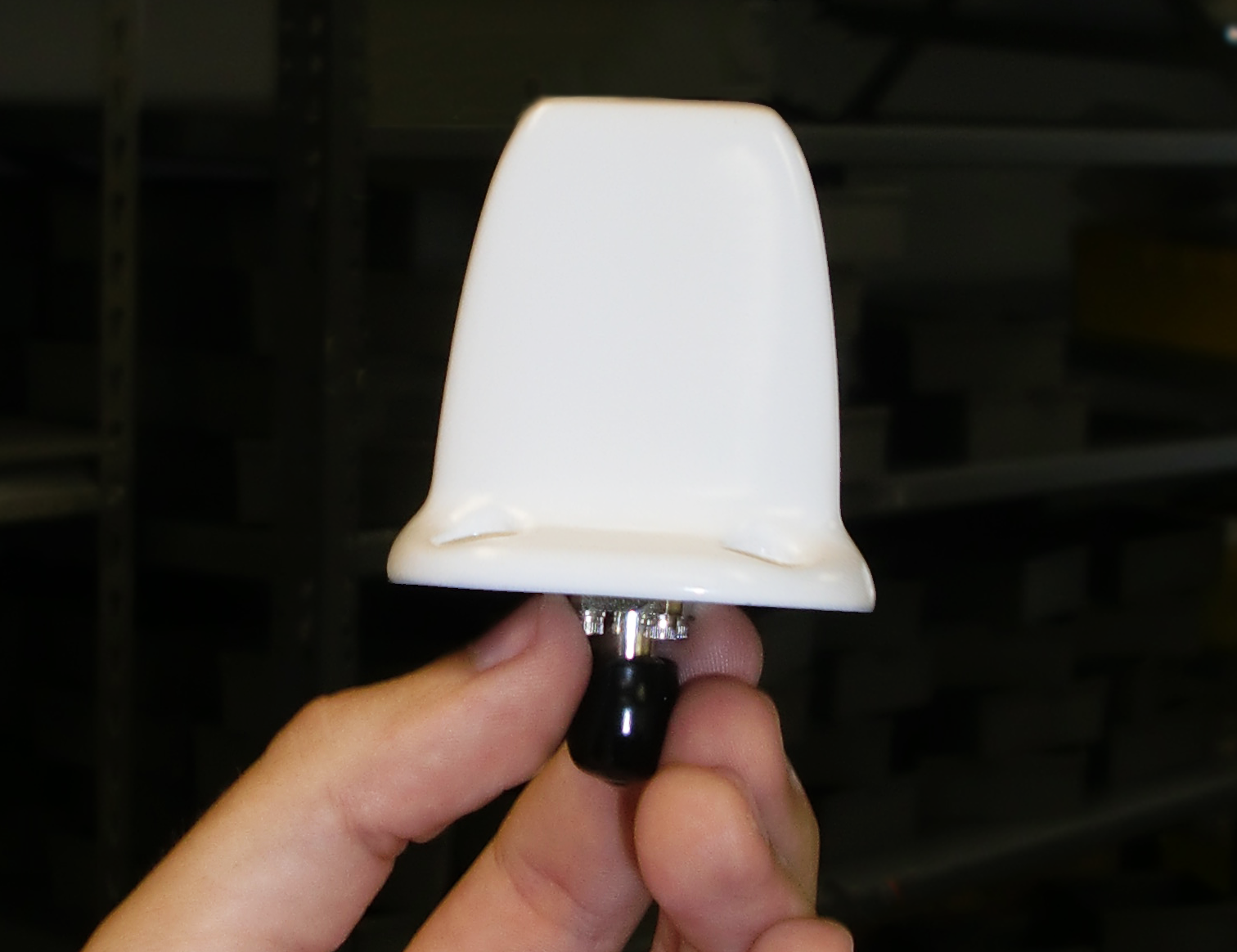
As the phrase suggests, antenna miniaturization is the process of replicating an antenna’s functionality while reducing its physical size.
Over the past several decades, several studies have shown a direct correlation between the size of an antenna and its bandwidth and/or efficiency. Basically, it had been long since believed that the smaller the antenna, the smaller the bandwidth, and the lower the efficiency. In more recent years, however, this idea has become somewhat of a fallacy.
Technological advancements have greatly impacted antenna design, making it possible to miniaturize antennas without sacrificing performance. For example, JEM Engineering’s MBA-0145 is essentially the miniaturized version of the MBA-0127. Both antennas are multi-band (or HexBand) box-type antennas. Size and weight differences aside, the antennas are very similar in specifications.
MBA-0127
1700 – 2200 MHz
MBA-0145
1700 – 2200 MHz
Why miniaturize?
One of the more obvious reasons is that lower profile antennas are easier to conceal and transport. This can be useful in ISR SIGINT/ELINT applications.
While antenna miniaturization has become more doable, there are still some limitations to this process. Just as it takes a combination of keen mechanical design and proficient electrical engineering to successfully miniaturize an antenna, it takes similar expertise to determine whether or not an antenna should be miniaturized or redesigned altogether, given its intended application. A trained team of experts usually performs a feasibility analysis before attempting to miniaturize an antenna.
Latest Posts
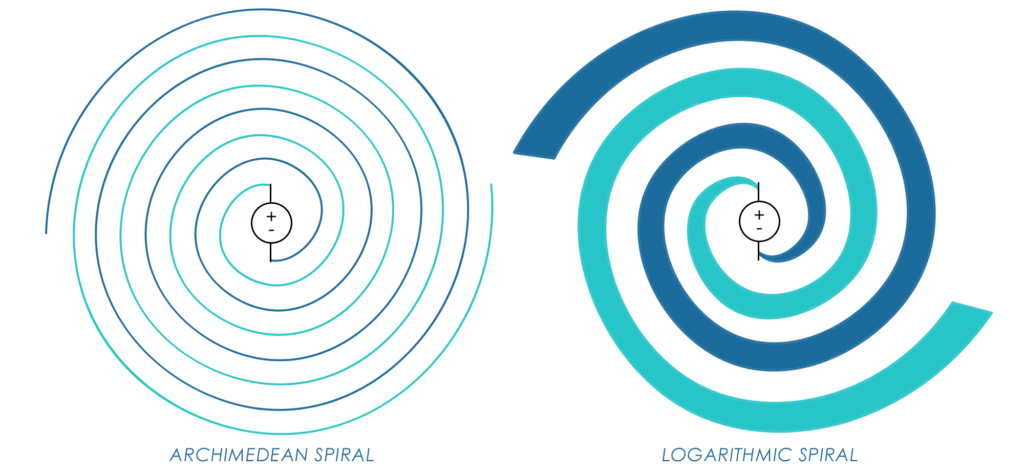
Large Bandwidths in Small Packages: Spiral Antennas
Spiral antennas are a type of frequency independent antenna first introduced in the 1950s. Their spiral design allows them to be relatively small.
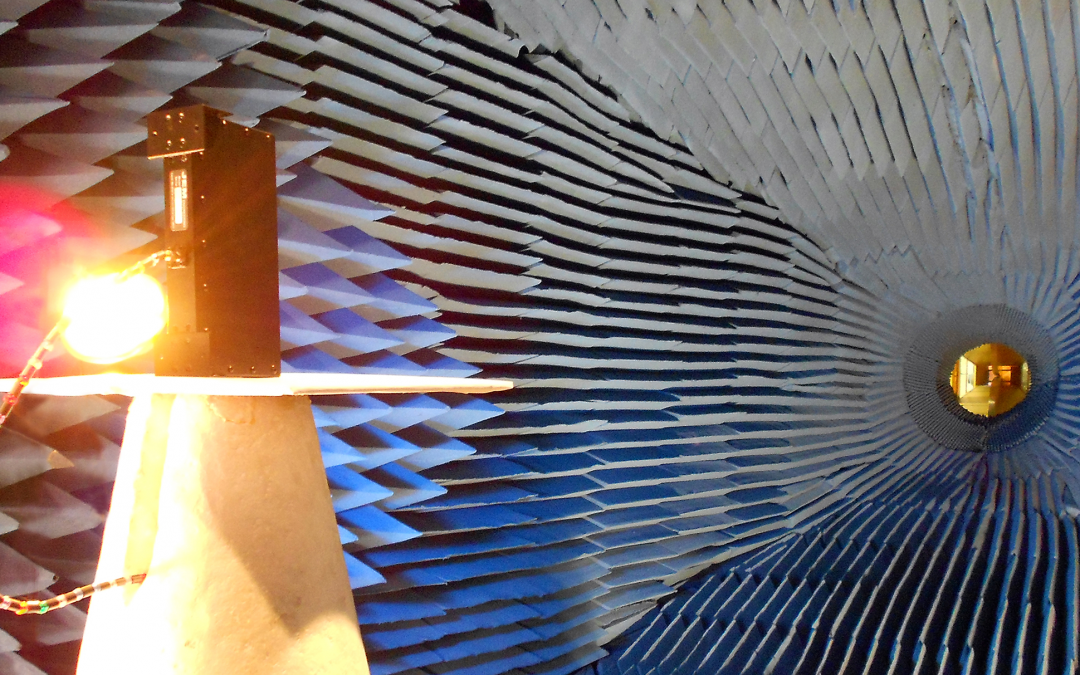
Radiofrequency Test Fixtures
Dielectric (non-conductive) materials, such as foam and wood, for example, are ideal for test fixturing.
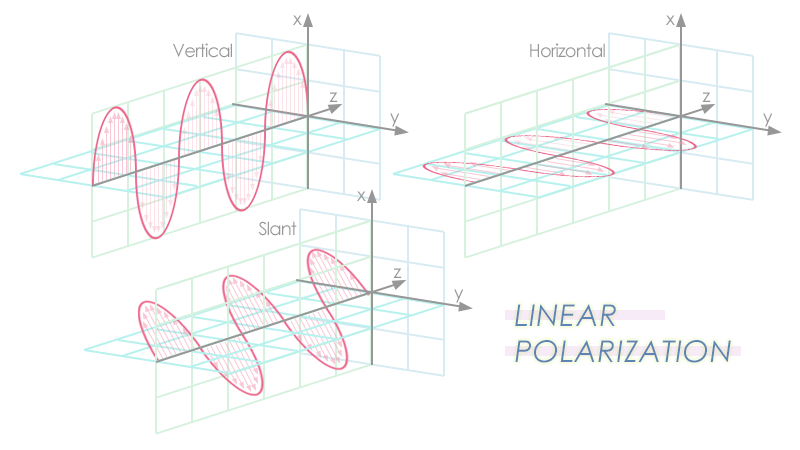
Intro to Antenna Polarization
The polarization of an antenna is loosely defined as the direction of the electromagnetic fields produced by the antenna as energy radiates away from it.
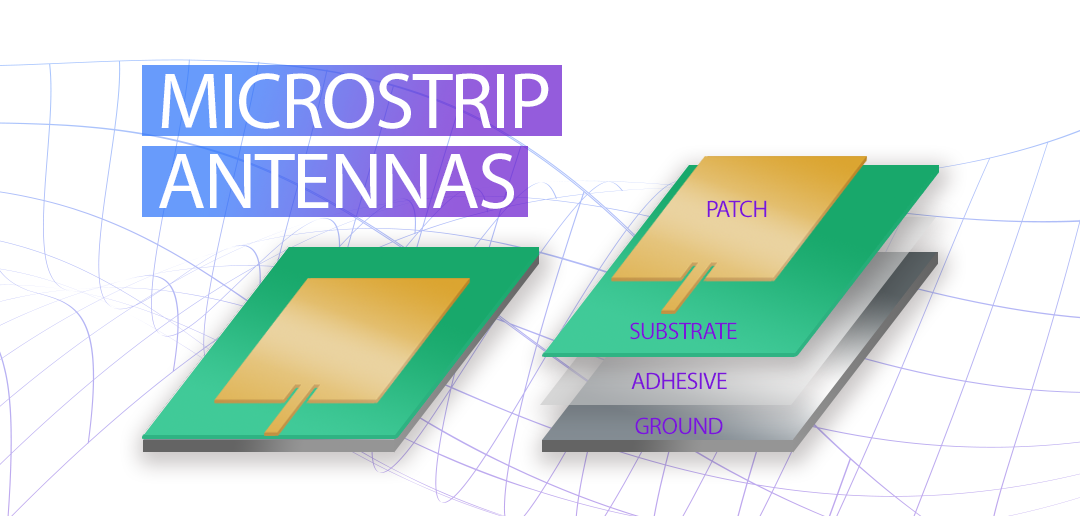
Microstrip Antennas: The Basics
Microstrip antennas were patented in 1955, although their origins trace back to 1953. They became more commonplace in the 1970s.
